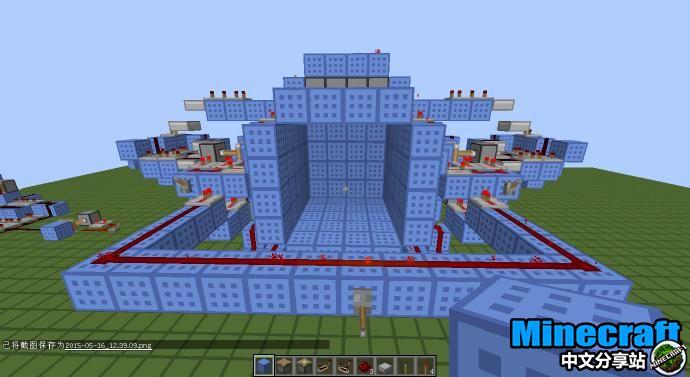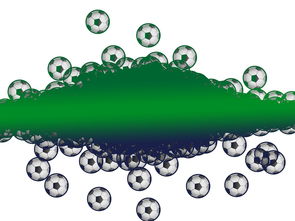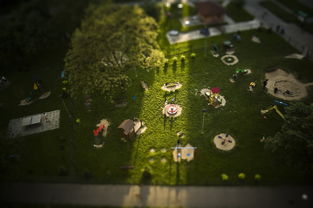
#自动感应门一般多少钱简介
Certainly! Here's a structured work plan for developing an automatic sensor door for "My World":
Work Plan: Automatic Sensor Door Development
1. Project Overview
Objective:
Design and implement an automatic sensor door for "My World" environment.
Timeline:
[Start Date] to [End Date]
Project Manager:
[Your Name]2. Detailed Goals
Design Phase:

Define specifications for the sensor door (dimensions, materials).
Research suitable sensors (infrared, motion) for detecting users.
Create initial design sketches and CAD models.
Development Phase:
Procure necessary materials and components.
Assemble prototype of the sensor door system.
Integrate sensors with microcontroller (Arduino/Raspberry Pi).
Testing Phase:
Conduct functionality tests for sensor accuracy and response time.
Evaluate door opening/closing mechanisms.
Test under various environmental conditions (lighting, temperature).
Refinement Phase:
Gather feedback from initial tests.
Refine sensor sensitivity and adjust activation parameters.
Improve door mechanism for smooth operation.
3. Required Resources
Personnel:
Project Manager
Engineers (mechanical, electrical)
Programmer (if needed for microcontroller integration)
Materials:
Sensors (infrared, motion)
Microcontroller (Arduino Uno, Raspberry Pi)
Actuators (servo motors, solenoids)
Power supply components
Construction materials (metal, wood, or plastic for the door)
Tools:
CAD software (AutoCAD, SolidWorks)
Soldering equipment
Testing tools (multimeter, oscilloscope)
4. Risk Assessment
Technical Risks:
Sensor reliability issues (false positives/negatives).
Compatibility issues between sensors and microcontroller.
Mechanical failures in door mechanism.
Resource Risks:
Delays in material procurement.
Shortage of skilled labor for assembly.
Budget overruns due to unforeseen costs.
Mitigation Strategies:
Prototype testing at each development stage.
Maintain clear communication among team members.
Allocate contingency budget for unexpected expenses.
5. Monitoring and Evaluation
Progress Tracking:
Weekly status meetings to review milestones.
Document progress with photos, test results, and design iterations.
Performance Evaluation:
Compare final product against initial design specifications.
Solicit user feedback for usability and reliability.
6. Conclusion
Next Steps:
Finalize documentation and user manual.
Plan for production and deployment (if applicable).
Consider future enhancements based on feedback.
This work plan outlines the steps needed to develop an automatic sensor door for "My World," ensuring systematic progress from design through to evaluation and refinement.








